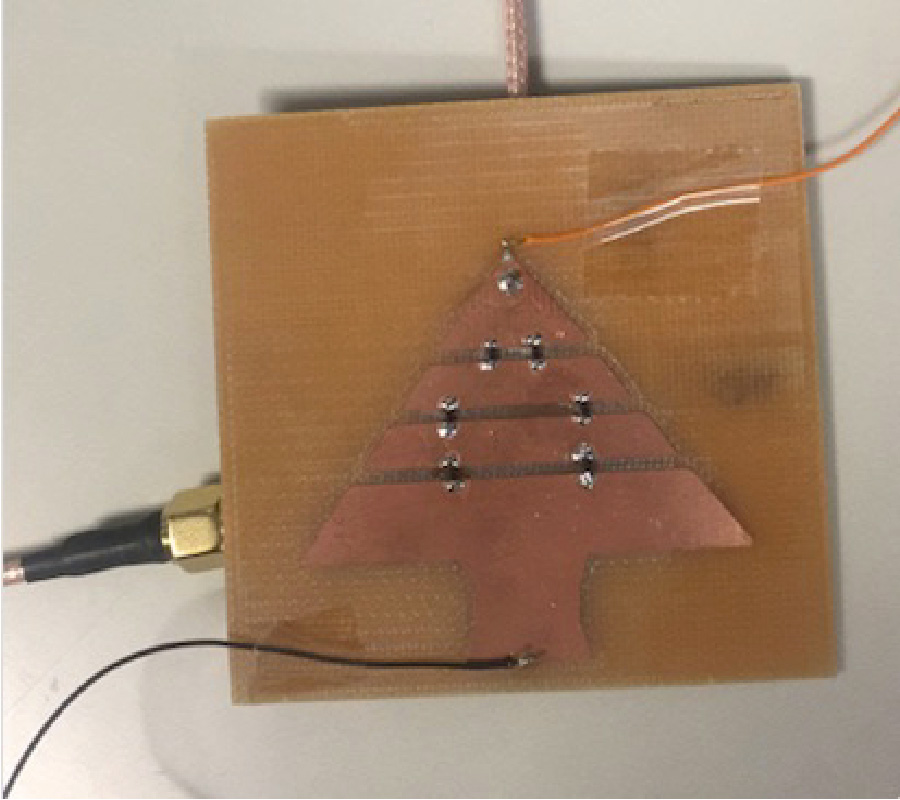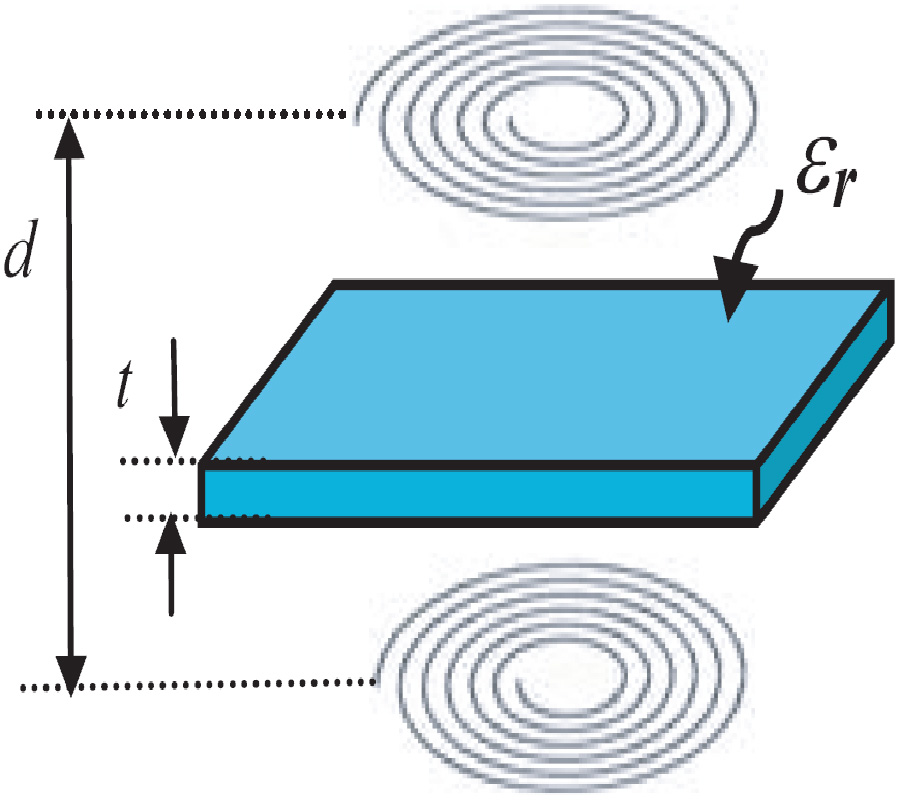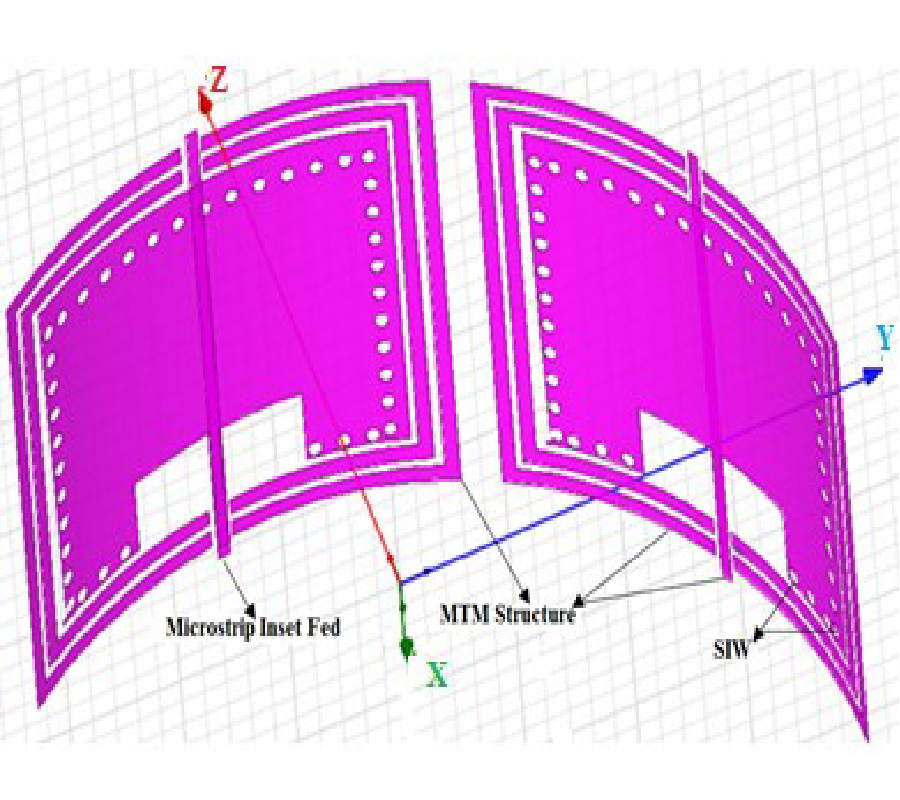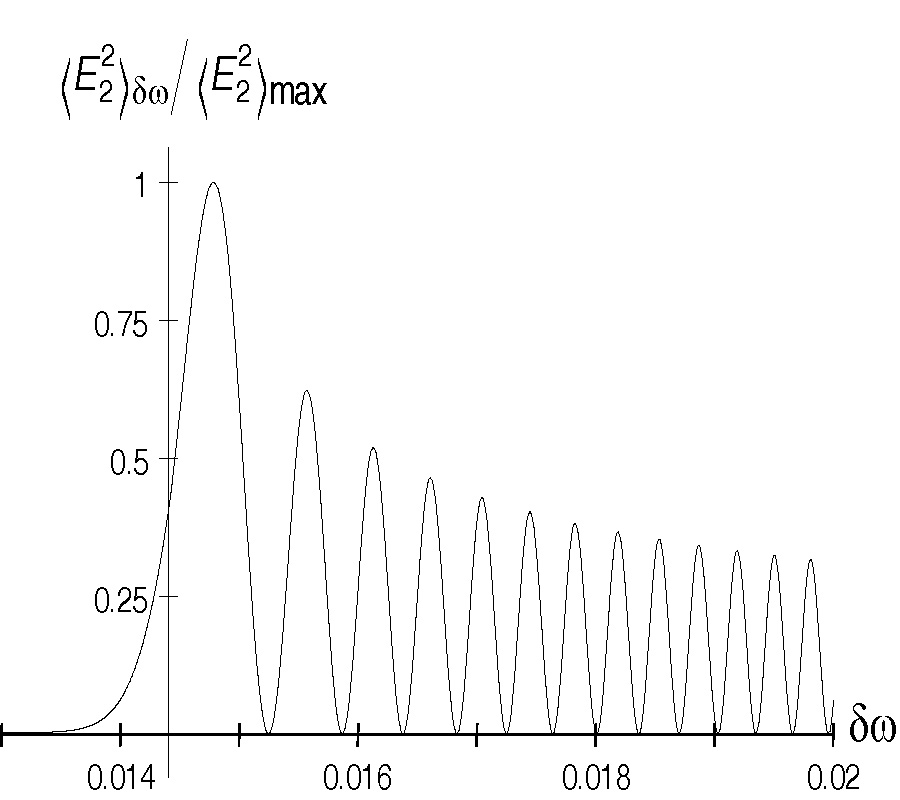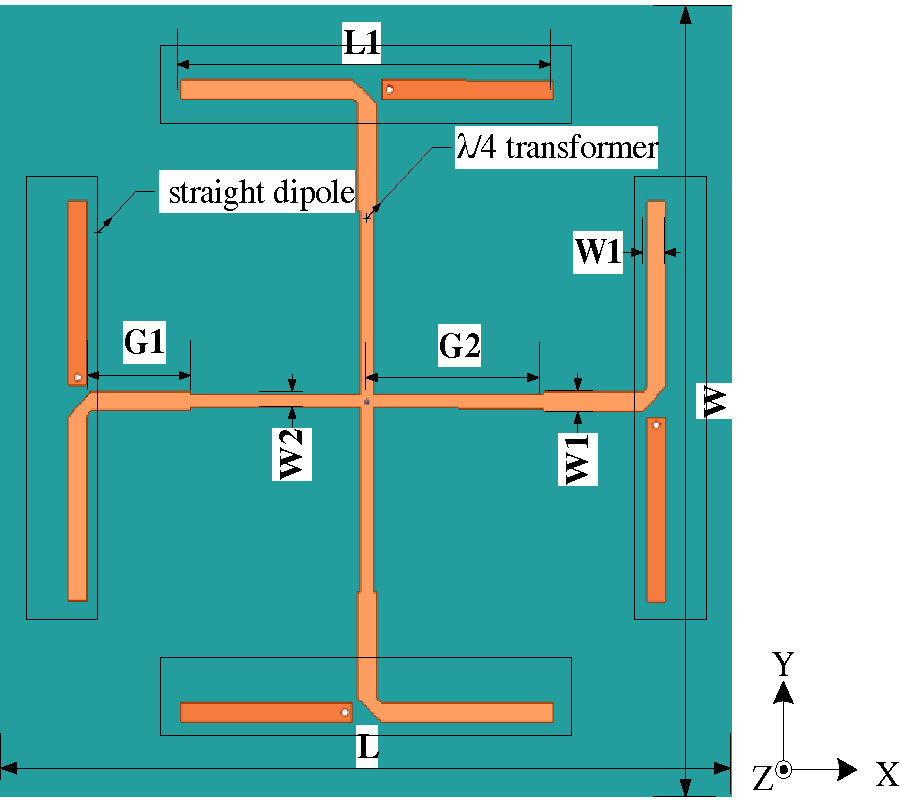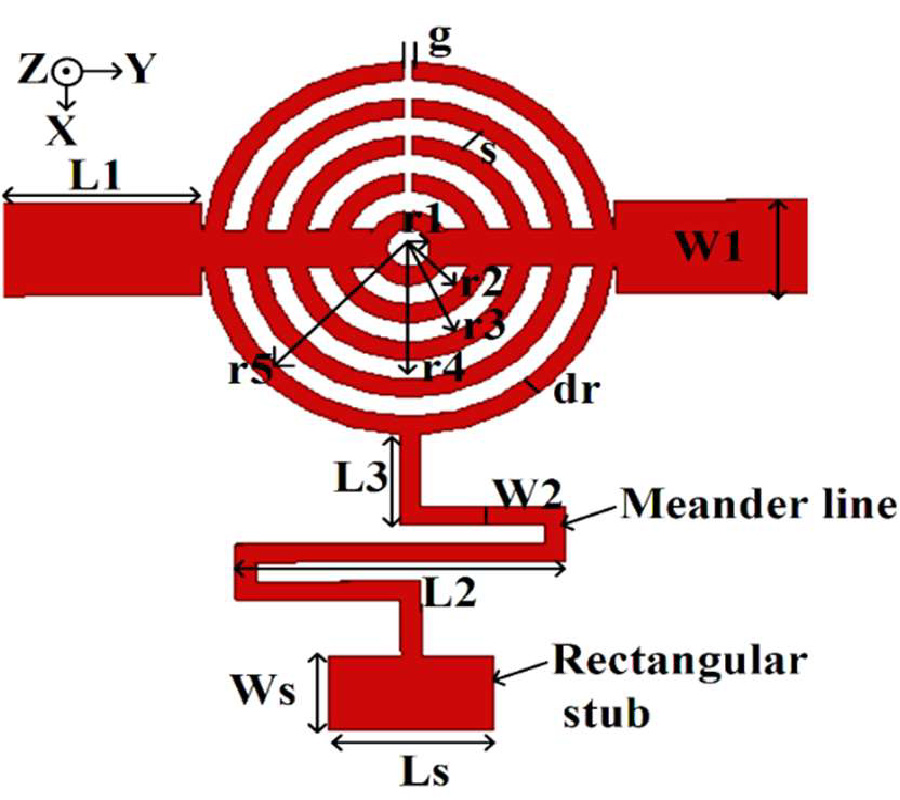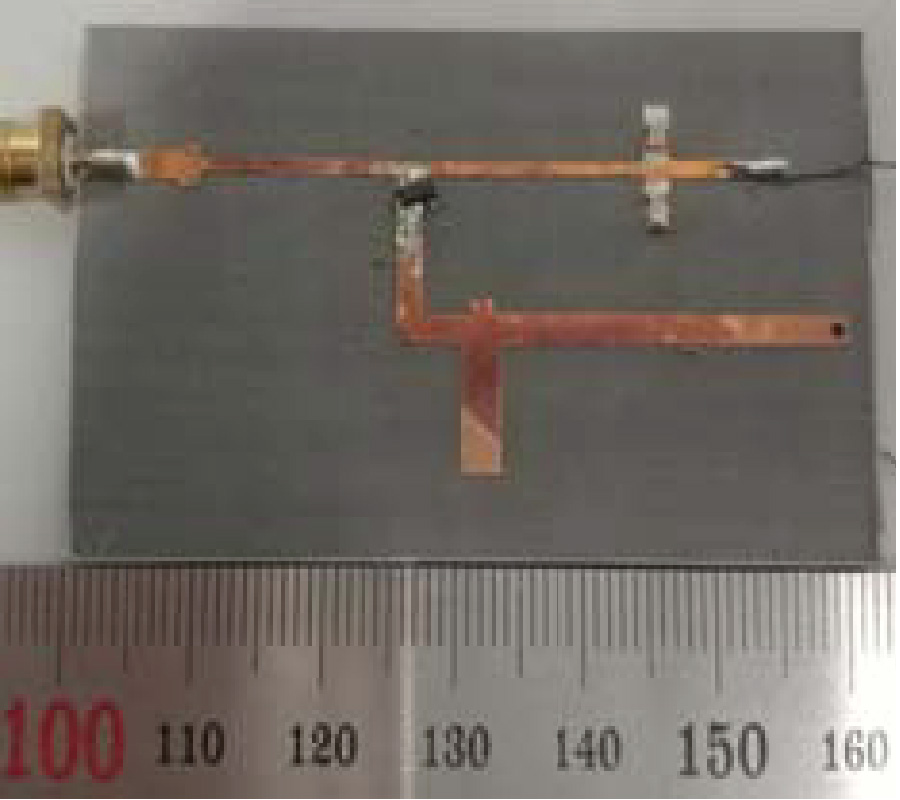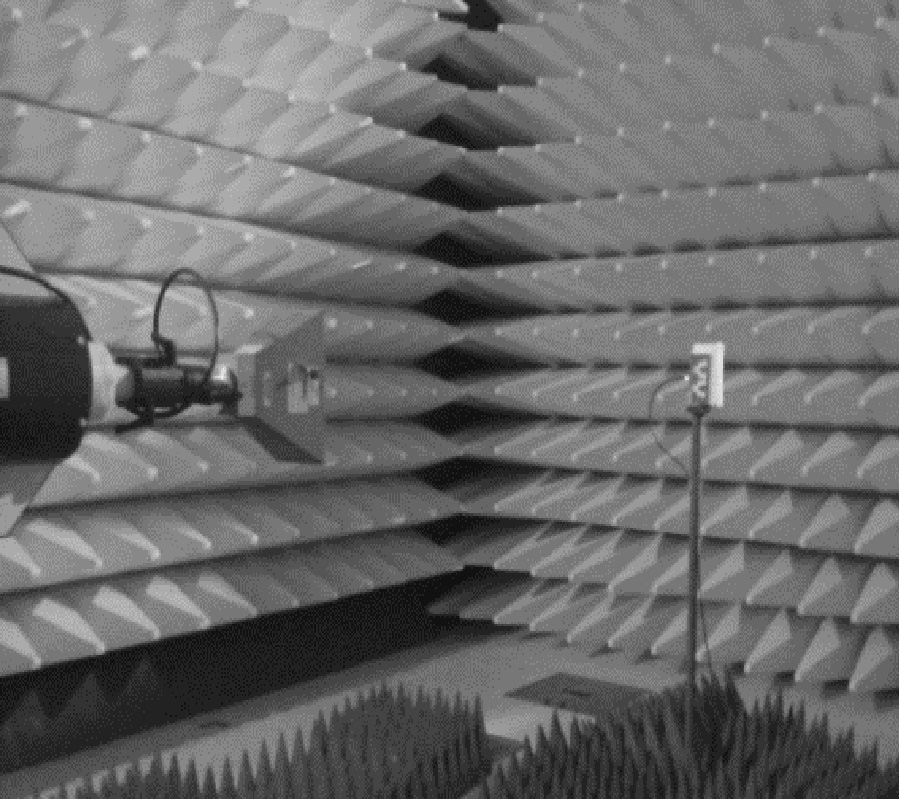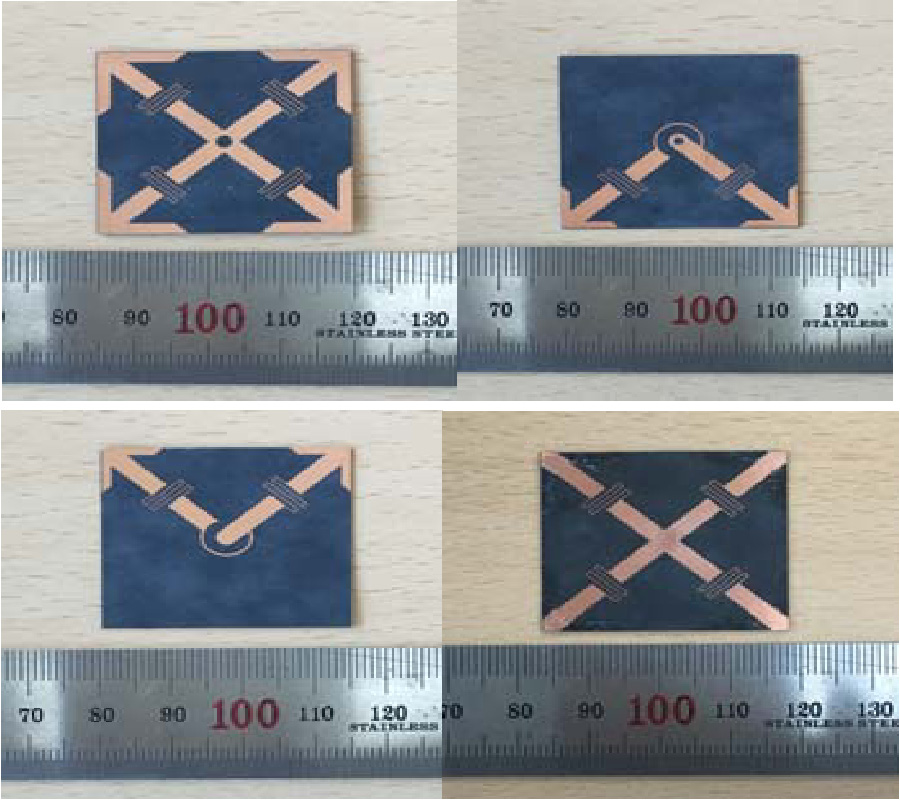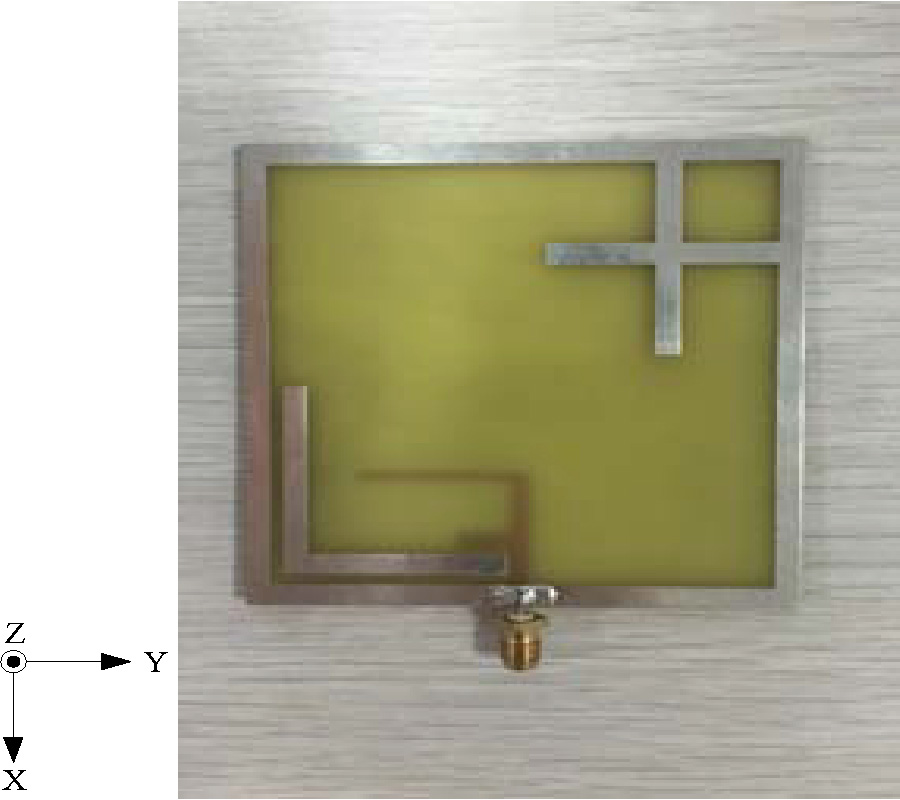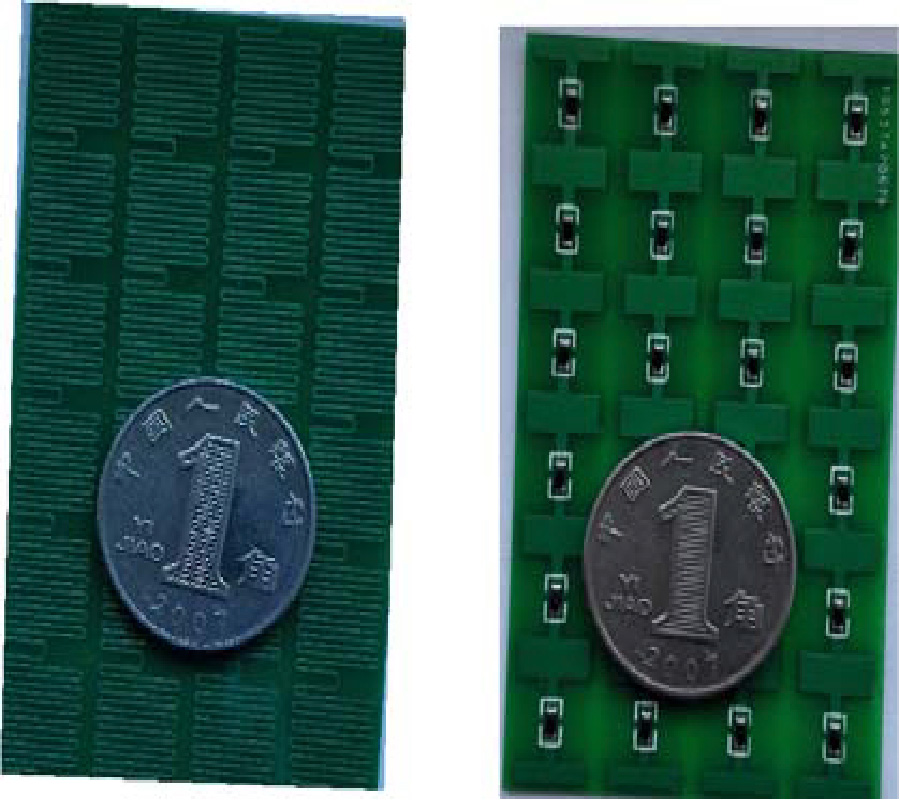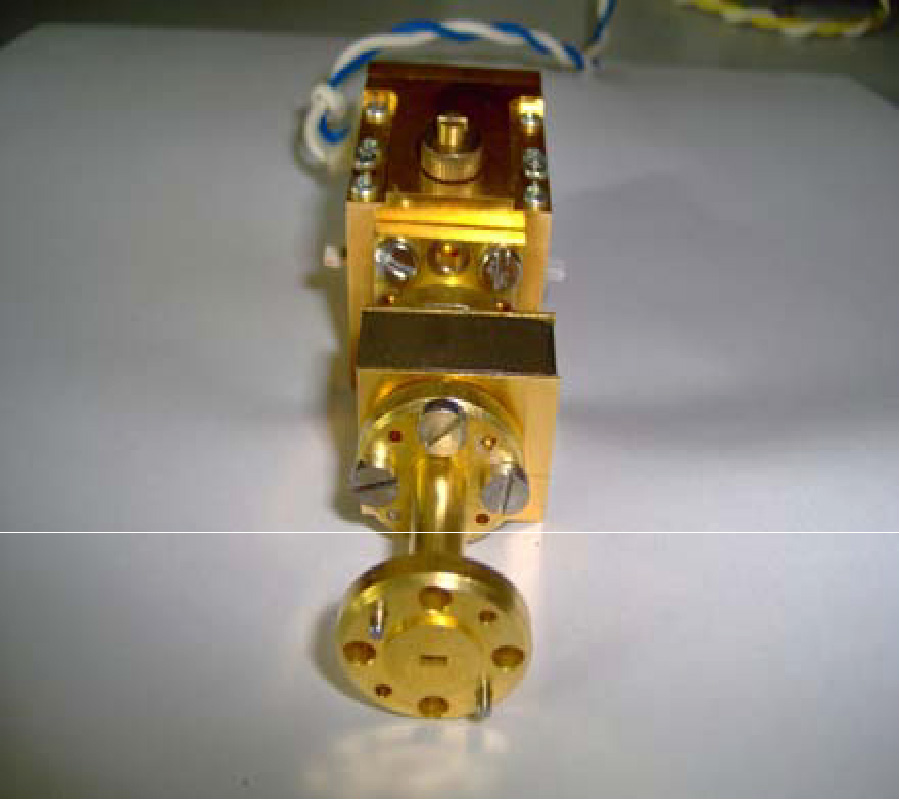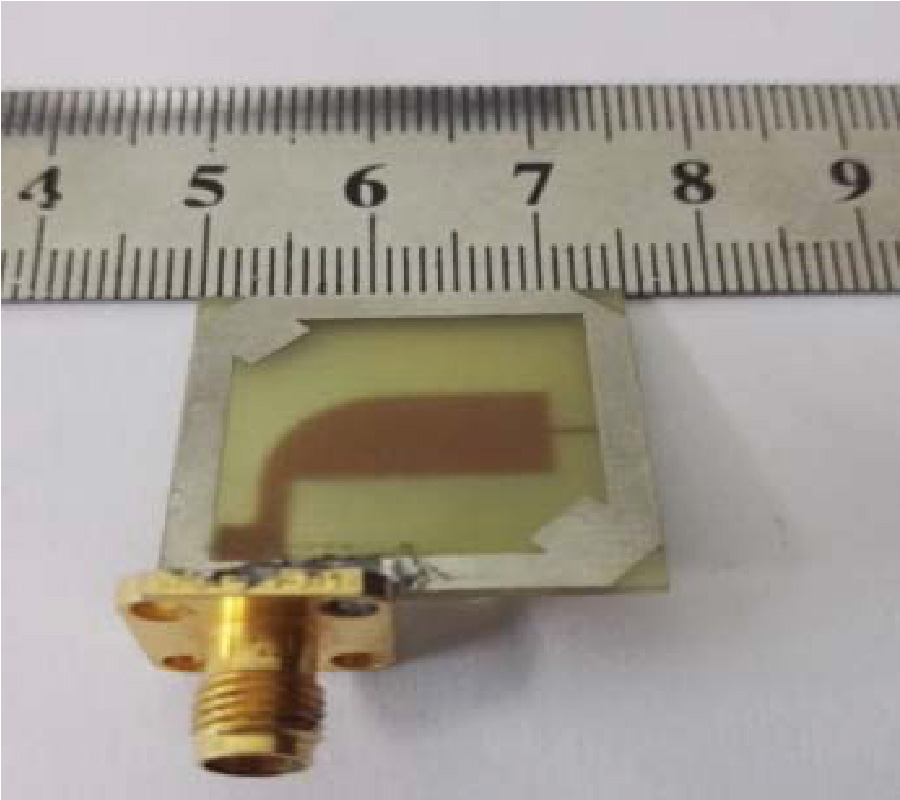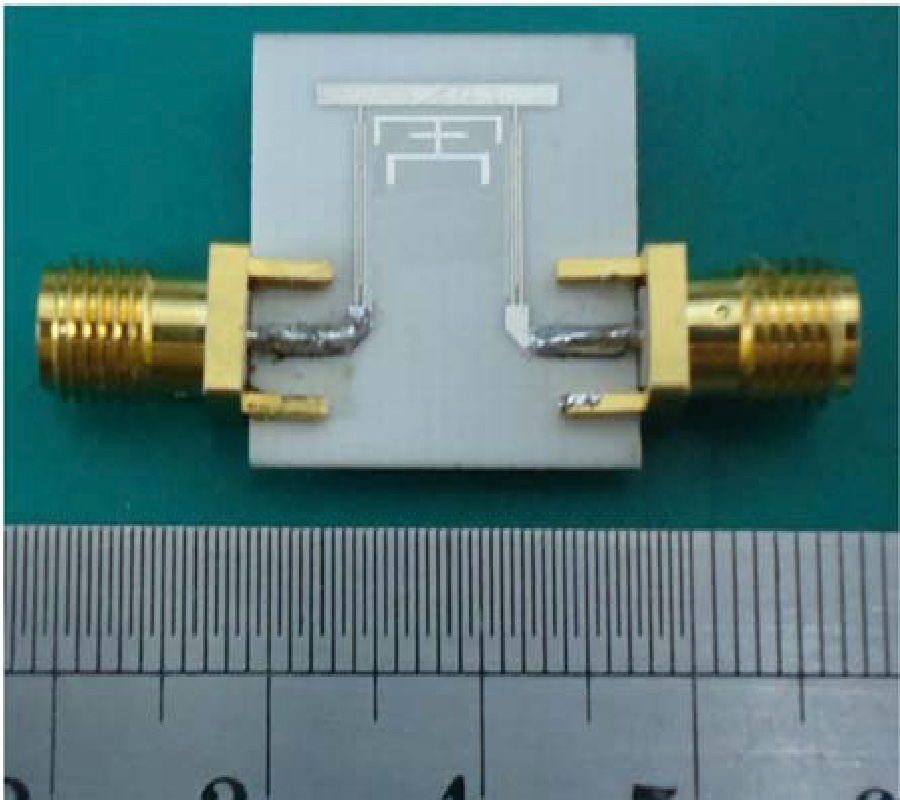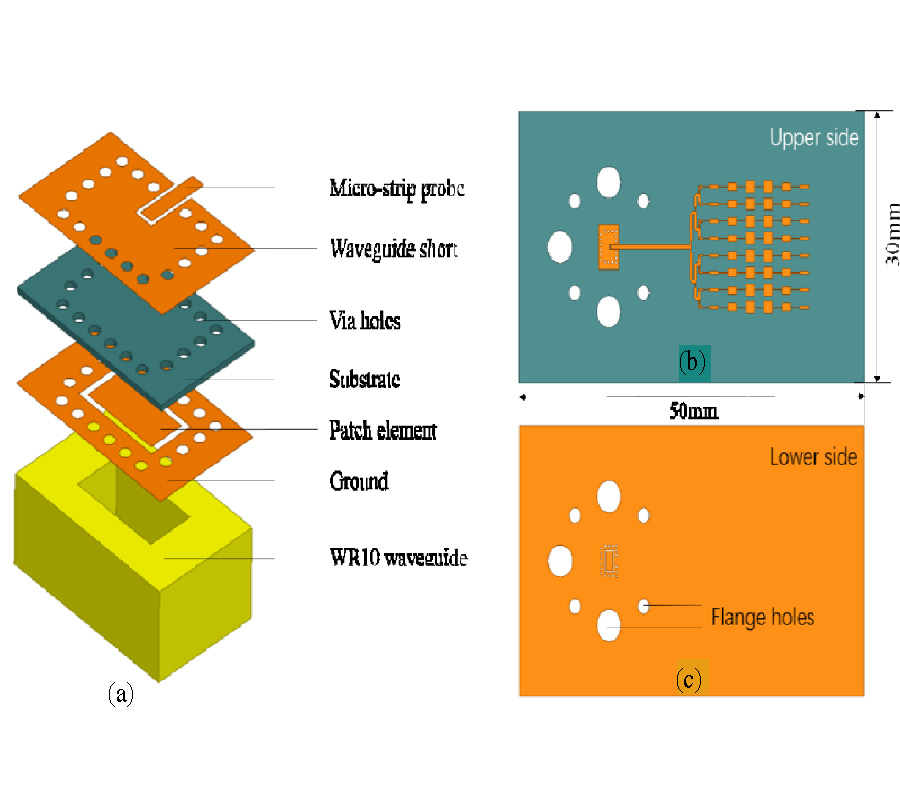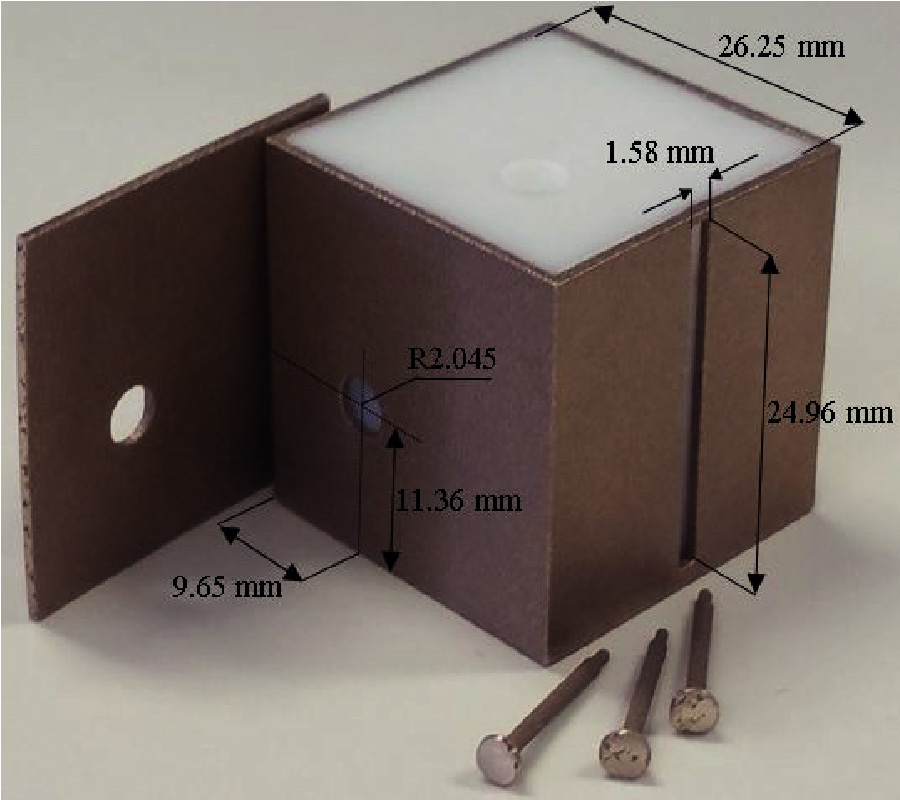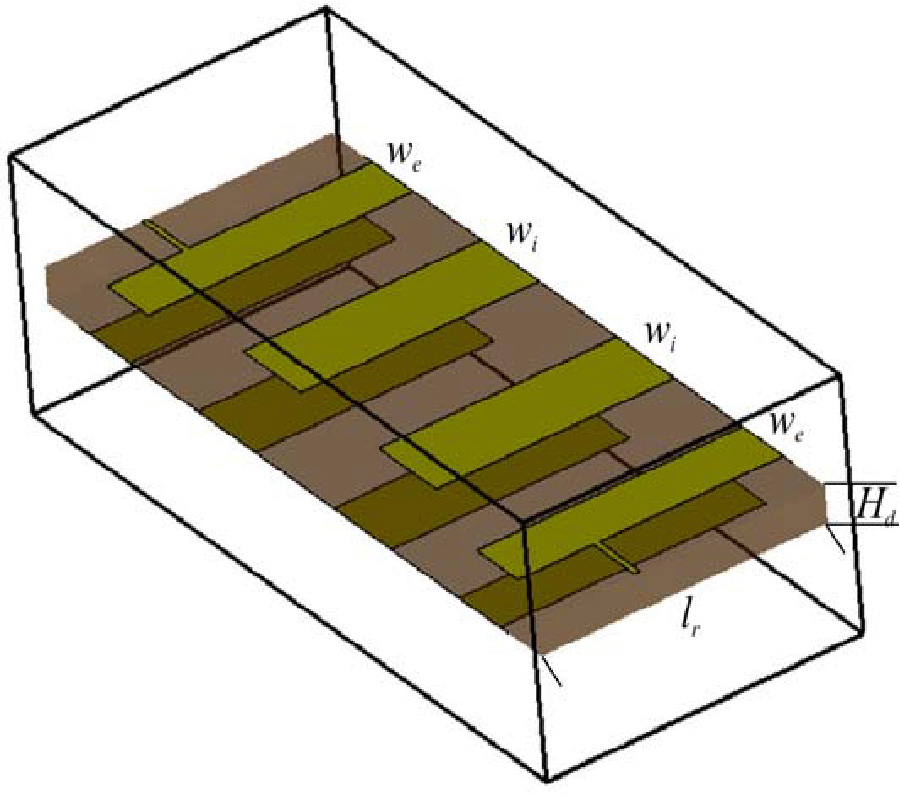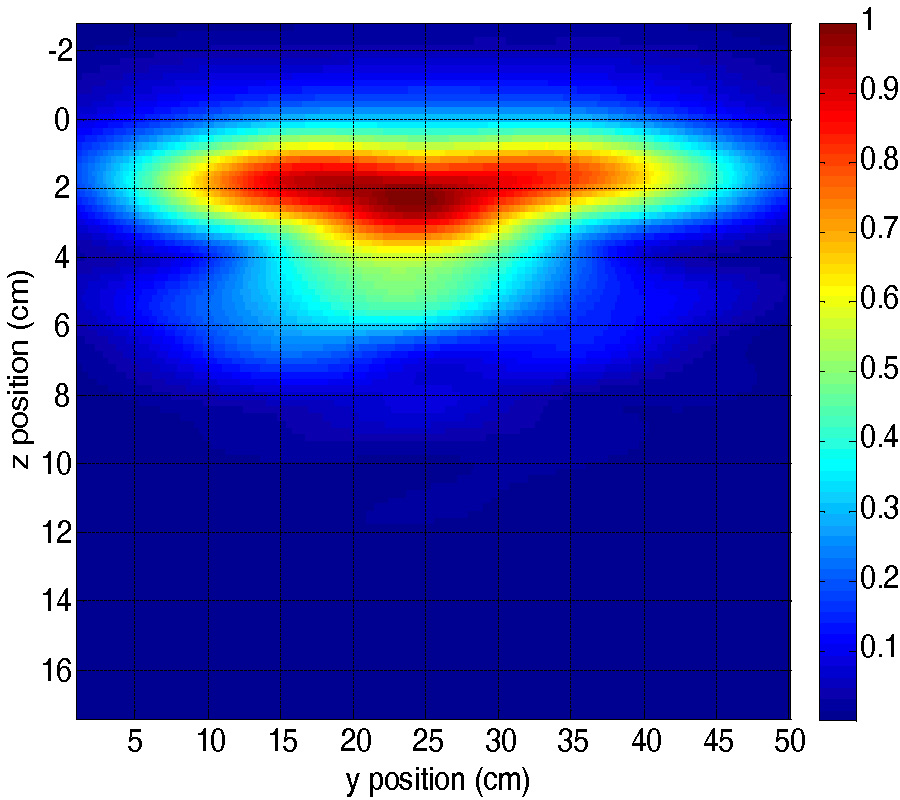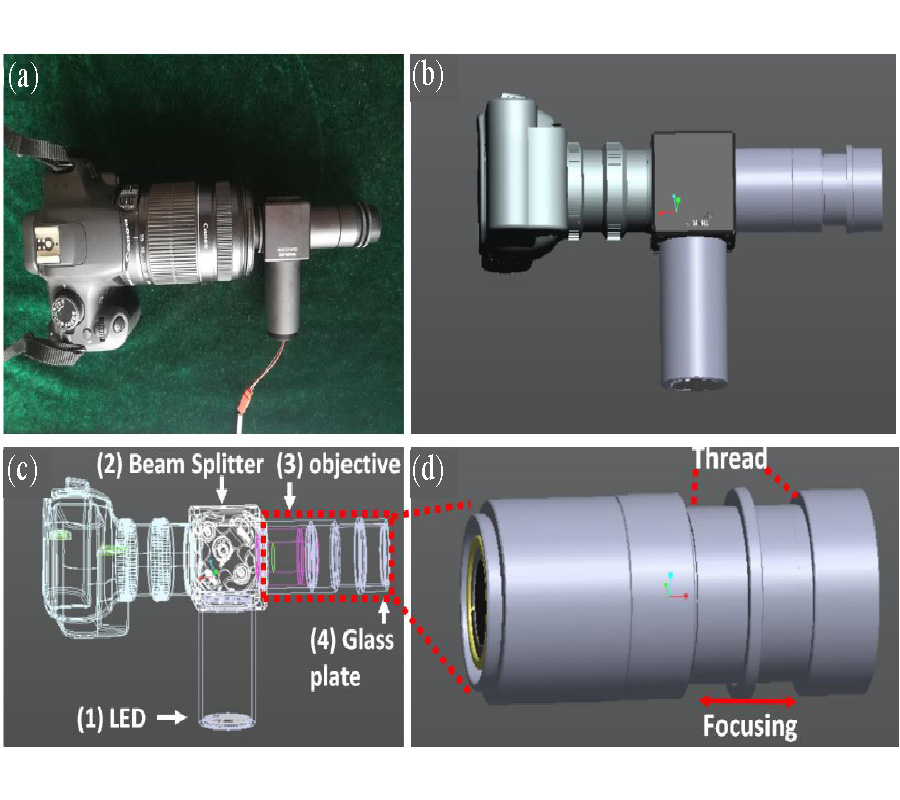Electrically-Small Circularly-Polarized Quasi-Yagi Antenna
Son Xuat Ta
In this letter, an electrically-small circularly polarized (CP) quasi-Yagi antenna is presented. It is composed of three elements; i.e., a compact single-feed crossed-dipole antenna acted as the driver and two parasitic elements acted as the reflector and director, respectively. Each arm of all elements contains a meander line with an arrowhead ending to realize compactness. The driver has double vacant-quarter printed rings incorporated into it to generate the CP radiation. The parasitic elements are incorporated with the crossed-dipole driver to not only produce a directive radiation, but also broaden the antenna bandwidth. The final design with overall size of 35 mm×35 mm×27 mm (0.184λo×0.184λo×0.142λo at 1.575 GHz, ka = 0.93) a measured 10-dB bandwidth of 19.23% (1.476-1.790 GHz), 3-dB axial ratio bandwidth of 7.67% (1.505-1.625 GHz), a broadside gain of 3.0 ± 0.2 dBic, and the maximum front-to-back ratio of 8.2 dB. The proposed antenna is applicable to a variety of wireless system operating near 1.575 GHz, such as Global Positioning Systems, Global Navigation Satellite Systems, as well as international maritime satellite organization (Inmarsat) networks.
